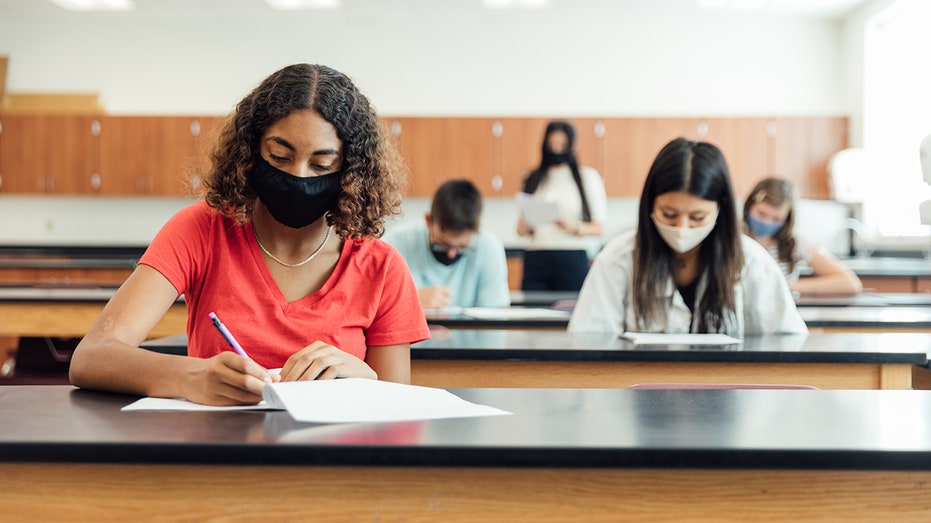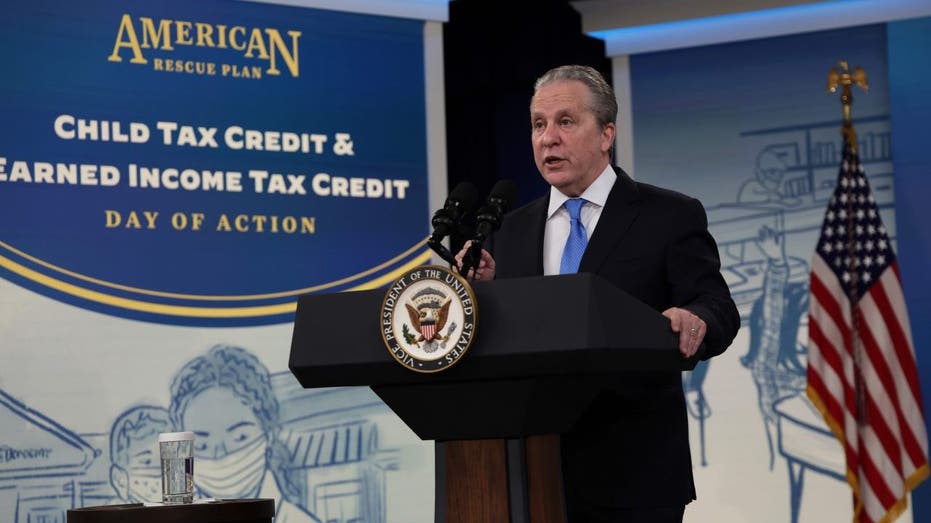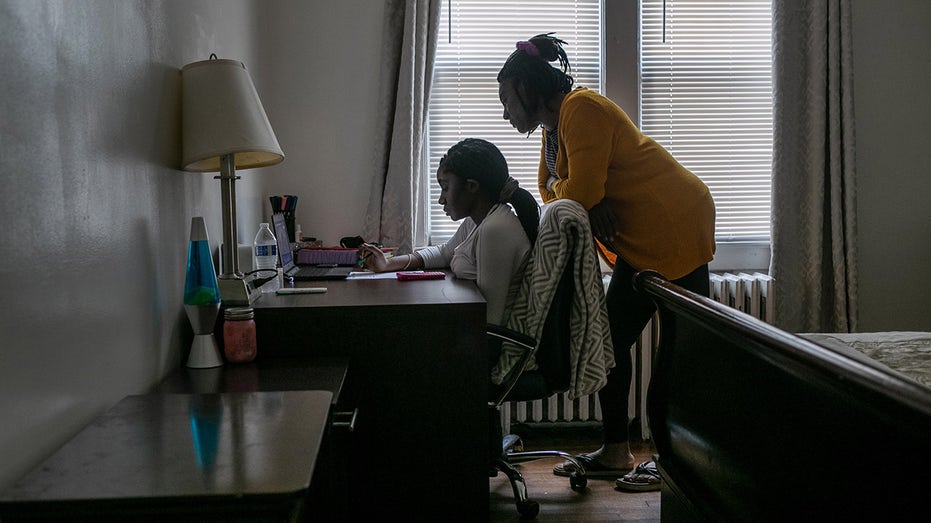Nearly all COVID stimulus education money approved early in 2021 remains unspent
White House says American Rescue Plan money accelerated school spending of other federal funds
Government figures show that just over 12% of money allocated for education in the "American Rescue Plan" COVID-19 stimulus has been spent so far, as the U.S. enters the second full school year since the law's swift passage in 2021.
The plan, which Democrats passed via a party-line vote shortly after President Biden entered office, provided approximately $122 billion to states and school districts. Just over $15.4 billion of that money has been spent so far, according to numbers from the Department of Education.
States and school districts technically have until the end of September 2024 to spend the money. But students are dealing with effects from the pandemic and remote learning, including in some cases major learning loss, now. The slow spending also raises questions about how urgent it was to pass the education spending via a party-line process in what was framed as emergency legislation.
"The ARP was an example of Rahm Emanuel's old line ‘never let a crisis go to waste,’" Brian Riedl, a senior fellow at the conservative Manhattan Institute, told Fox News Digital. "Democrats were so dedicated to maximizing the price tag and going in with a big splash… that they threw in a lot of expenditures that had nothing to do with short-term stimulus."

Students are dealing with significant learning loss as they enter their third full school year affected by the COVID-19 pandemic. (iStock / iStock)
COVID-19 SCHOOL CLOSURES TURN PARENTS INTO SWING VOTERS
The White House pushed back against any characterizations that the American Rescue Plan funding for schools is either being rolled out too slowly or that it was improper to spend the money as urgently as Democrats did.
"Independent evaluations make it crystal-clear that any suggestion that most school districts are not using the large majority of these funds to safely reopen schools, tackle learning loss, and address student mental health is flat-out wrong," Gene Sperling, a senior adviser to the president and American Rescue Plan coordinator, said in a statement.
Sperling also said the passage of the ARP funding lit a fire under school districts and motivated them to spend other COVID-related federal money they'd not yet allocated "ten times" faster after the ARP passed.
According to a fact sheet from the Department of Education, the ARP money is meant to "help safely reopen and sustain the safe operation of schools and address the impact of the coronavirus pandemic on the nation’s students."

White House senior adviser and American Rescue Plan coordinator Gene Sperling said in a statement to Fox News Digital that the American Rescue Plan funding for schools accelerated spending of other federal education money tenfold. (Alex Wong/Getty Images / Getty Images)
Sen. Tim Scott, R-S.C., meanwhile, argues that the funding allocated by ARP nevertheless is idle and says Congress should do something with it besides rely on states and local districts. Scott authored and introduced a bill that would redirect the ARP money to low-income families for services, including private tutors.
"As students enter their third school year since school closures upended education, parents are more desperate than ever for solutions to the learning loss crisis," Scott said. "To make matters worse, they are now being forced to watch in frustration as billions of federal education dollars sit idle, just out of their reach. It's time we turn that funding over to parents."
But Sperling said a major proportion of the ARP funds are already set to go toward helping children, even if they haven't been physically spent yet.
School districts, he argued, are already planning how they'll use the funds.

Studies show that remote learning and school closures left many children significantly behind where they should be in school. (John Moore/Getty Images / Getty Images)
"An independent analysis of 5,000 school districts covering 75% of districts’ American Rescue Plan funds shows that nearly 60% of funds are committed to staffing, academics, and mental and physical health, and an additional 23% is committed to keeping schools operating safely," Sperling told Fox News Digital.
GET FOX BUSINESS ON THE GO BY CLICKING HERE
Riedl, meanwhile, said the fundamental issue with the ARP program isn't necessarily the merits of emergency funding for schools, or of money to improve students' education. The issue, he said, is that if the money wasn't going to be spent until years in the future, it didn't need to go through an accelerated emergency process in Congress.
"Congress should have time to pass that through a regular appropriations bill rather than an emergency bill that had to be passed within days without sufficient oversight," Riedl said. "This is no longer a COVID mitigation expenditure but just a broad education bill that could have been passed through regular appropriations."





















